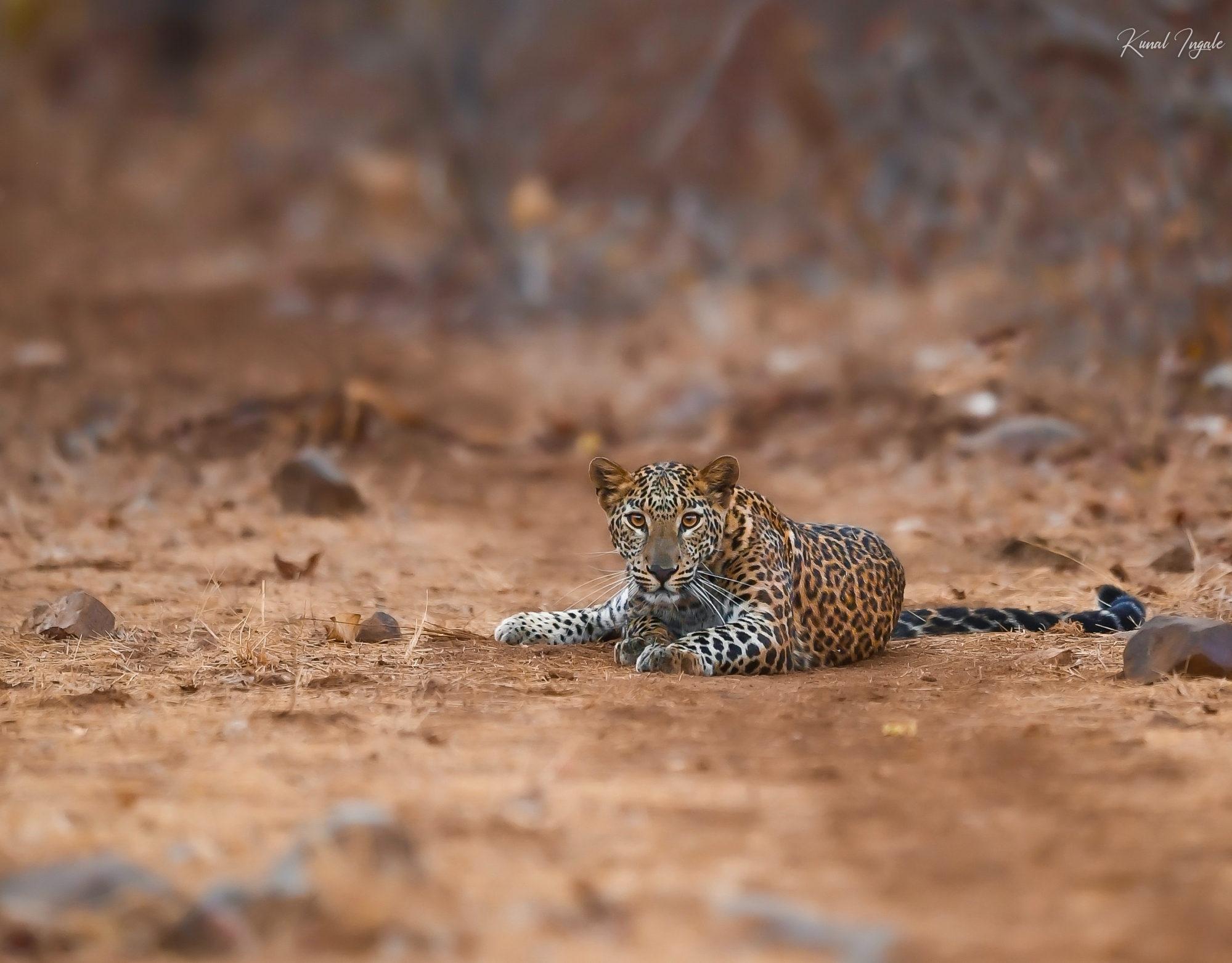Some amazing and interesting facts about Leopards 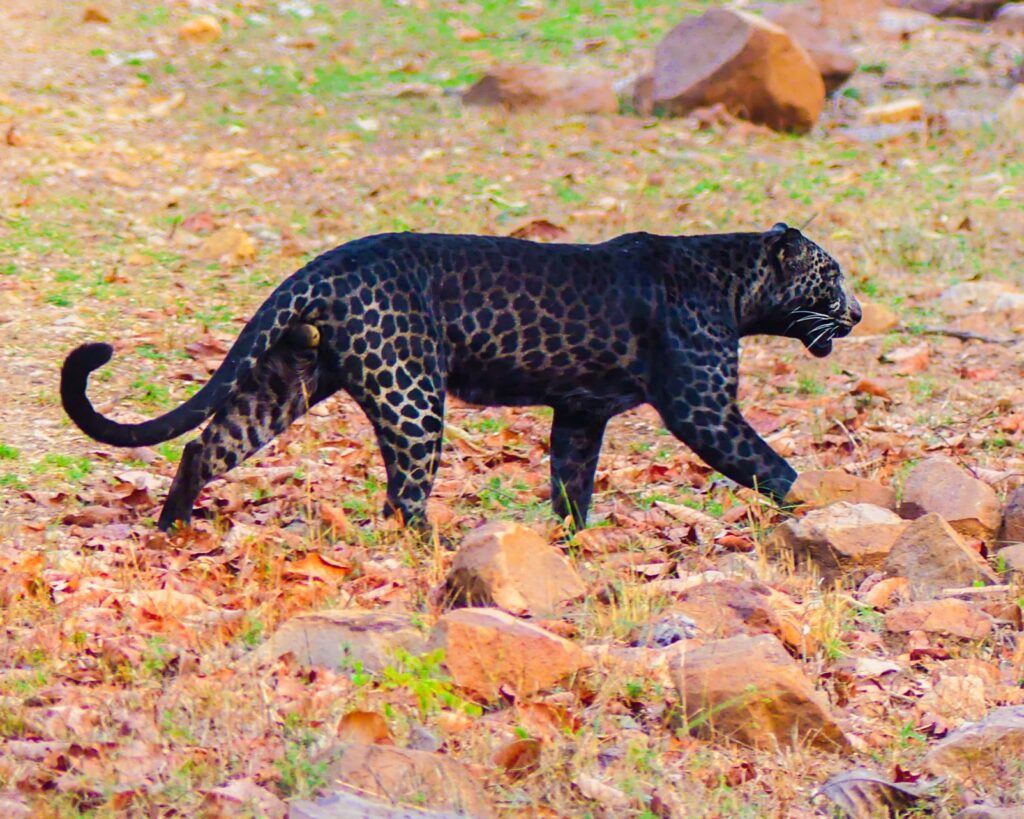
Stealthy and elusive, perhaps would be the two most common and appropriate attributes to define this beautiful creature. Leopard (Panthera pardus) a member of the family Felidae. Indian Leopard (Panthera pardus fusca), a subspecies of Leopard is widely spread on the Indian subcontinent. Worldwide, Leopards are scattered ranging from tropical rainforests to dry deciduous ones, from grasslands to deserts and mountains. In India, they are widely distributed in most of the forests but it can pretty much be a task to spot this shy creature as they are the champions in camouflaging.
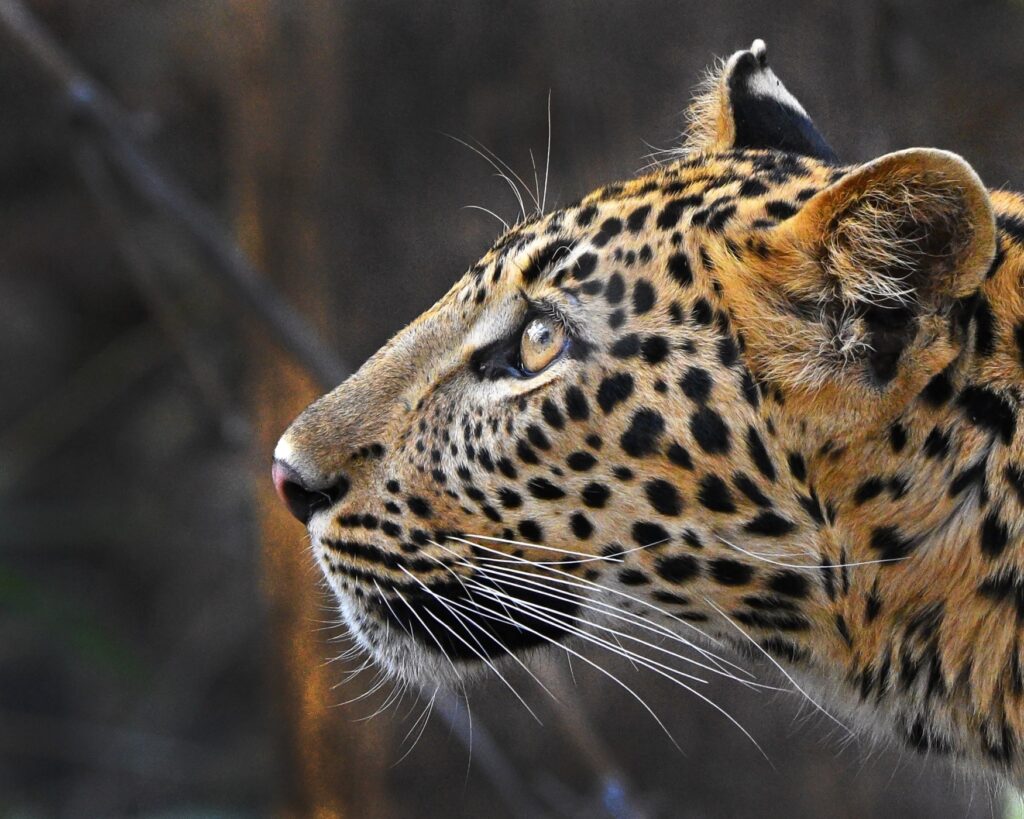
In 2015, the first ever India Leopard count was conducted that estimated their population at 7,910. This count excluded a few habitats and the census did not cover the higher Himalayas, Gujarat, parts of Rajasthan and East India, and the entire northeast. According to the census, Madhya Pradesh has the highest count of Indian leopards at 1,817.
- Most Leopards are light tan with distinctive dark spots called rosettes as they look similar to a rose or resemble the shape of a rose.
- Many a time Leopards have a solid dark colour and that is due to their being melanistic. The excess black pigment melanin makes the spots hard to differentiate. They are commonly referred to as Black Panthers ( Black Leopards).
- In Madhya Pradesh, Pench National Park is said to house a decent density of Indian leopards which also includes a few black leopards. To see black or melanistic leopards, wildlife lovers also head to Tadoba National Park in Maharashtra. However, in Tadoba Andhari Tiger Reserve, the melanistic leopard, often known as Blacky, is a rare sight.
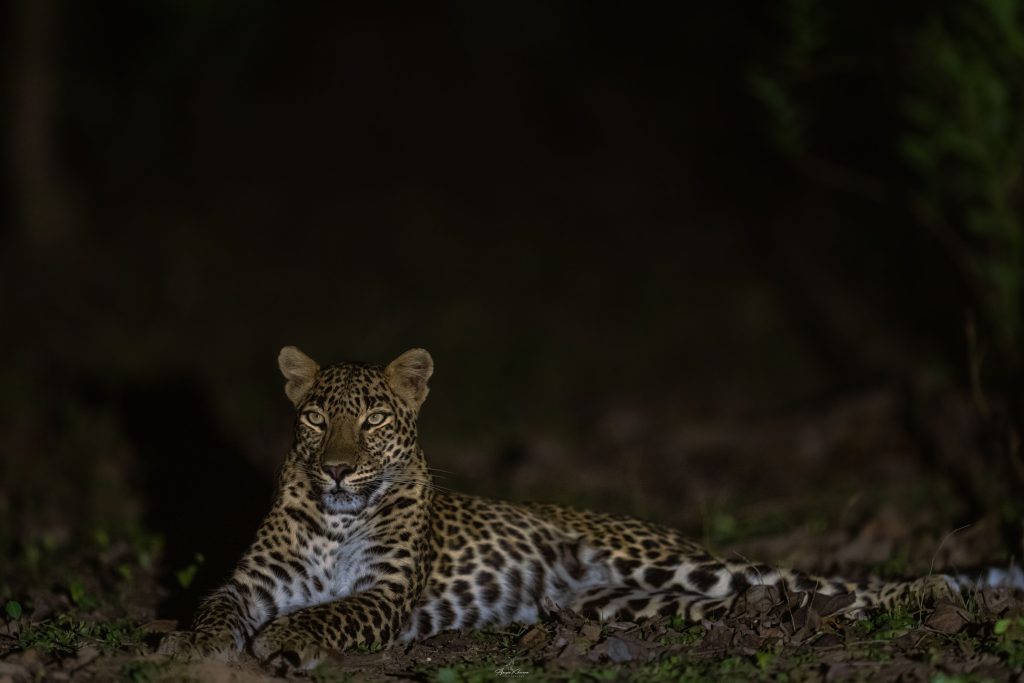
- Leopards are nocturnal and during the day they usually rest in trees.
- For most of their lifetimes, they prefer to lead solitary lives, more specifically males, the exception being the mating time. Leopards usually mate throughout the year. The gestation period is of 90-105 days with an average litter size of one to three.
- An Indian male Leopard can weigh between 30-70 kg while a female can weigh between 28- 60 kg.
- Leopards are very agile and swift. They can run at over 36 miles per hour, leap over 20 feet and jump up to 10 feet.
- Leopards are good swimmers and have excellent hearing.
- A leopard’s tail plays a very important role in balancing while running, jumping, turning sharply, or leaping.
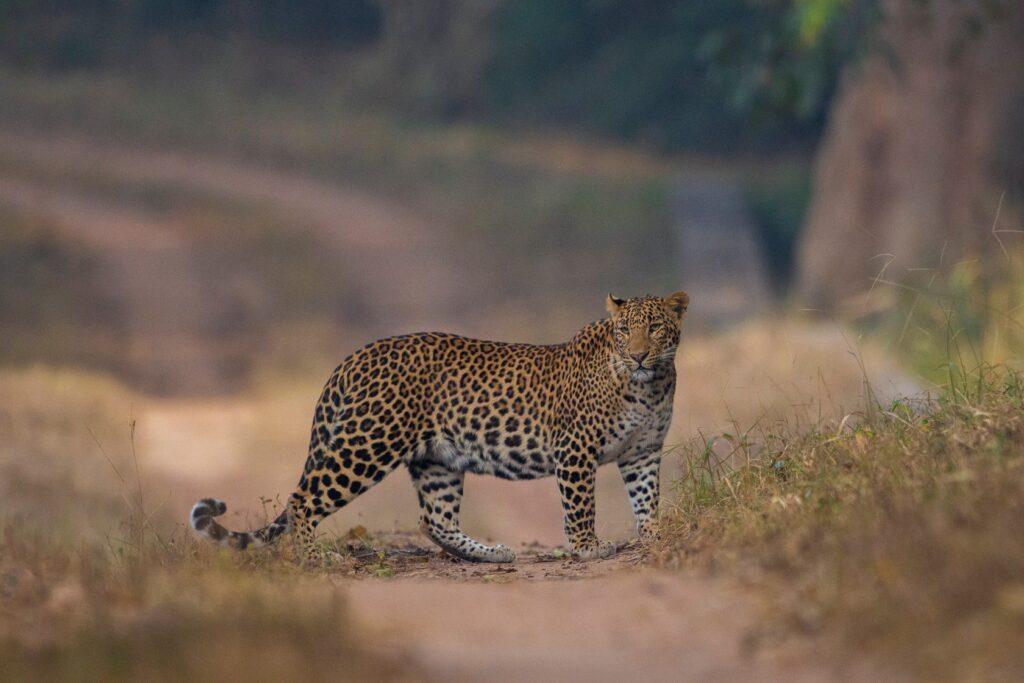
- A male leopard can drag a carcass twice its own body weight.
- Leopards have different vocalizations. They can roar and are even known to purr.
- With the maturing of the kittens, their baby spots transform into more remarkable rosettes.
How to book Leopard Safari
Pugdundee Safaris is recognized as one of India’s leading responsible safari companies offering exclusive wilderness experiences including Leopard & Tiger safari. With seven intimate jungle lodges in Central India and many bespoke wilderness experiences, it presents the very best of the Indian subcontinent wildlife & hospitality. While in Pench, stay at Pench Tree Lodge, the refuge of the au courant, adventurous, and eco-sensitive ‘Mowgli’. Our well-appointed tree houses and luxury cottages are snuggled in forty acres of wilderness, in a small tribal hamlet of Sarahiri. The accommodations are embellished with unique safari-style furniture and exquisite local crafts. Pench National Park can be accessed by the Karamajhiri gate which is just about 20 minutes from our serene setting.
In Tadoba, Waghoba Eco Lodge is our seventh wildlife lodge and is situated in close vicinity of Tadoba National Park. The lodge offers 14 exclusive luxury cottages inspired by local tribal villages, a swimming pool, a nature library, a lounge, and a wildlife hide for photography. Handmade Adobe bricks, Guna vault roof tiles, stone, and broken ceramics lend it a rustic yet deluxe look.
To plan your bespoke experience of sighting leopards in Central India, reach out to our safari specialists or write to us at [email protected]
Courtesy: Malvika Verma

